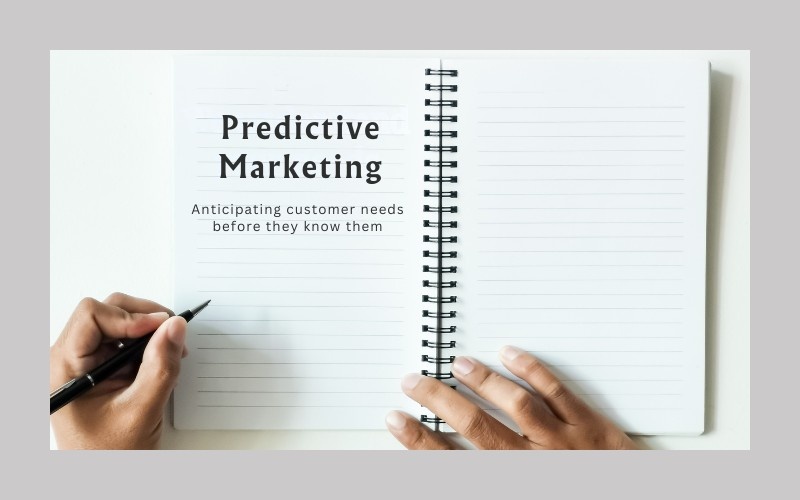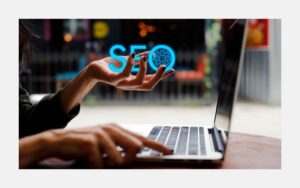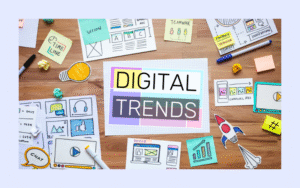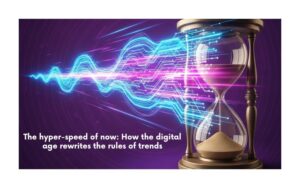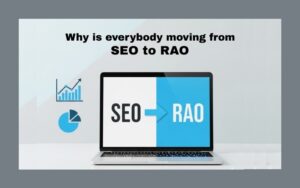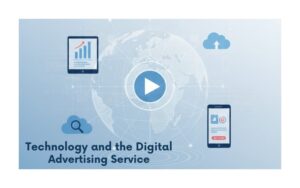Introduction: A New Age of Anticipation
The last ten years have seen marketing undergo a significant transformation. With the use of traditional print advertisements to personalized content tailored to the individual, today, brands are not only reacting to the behavior of consumers, but they are forecasting the same. Predictive marketing is a data-based approach to marketing that helps businesses anticipate customer needs too soon, even before the customers themselves realise it. Such a strategy changed the nature of the relationship between an organisation and the consumer, where the emphasis was on selling products to resolving issues in real-time and often before they happen. This level of foresight is what is fast emerging as the new currency in an attention-deficient digital economy.
Understanding Predictive Marketing
At the very foundation, predictive marketing implies the reliance on past-based data, machine learning, and artificial intelligence to help predict how consumers are going to behave in the future. This includes breaking down all the purchases of the past and the activity on the sites, demographics, and the current activity. Predictive marketing also gives businesses the crown jewels that can be used to strategize across marketing campaigns, new product development, and customer services. It enables the brands to not only know what the consumers have done, but it also enables the brands to know the most probable next “action” of the consumer and at what point/when.
The methodology can be initiated with data gathering, where a diversity of data sources can be us, including customer relationship management systems, social media platforms, email interaction, and online browsing behavior. Algorithms then draw trends in the information, segmenting the users by certain behaviors and characteristics that relate to a particular outcome. When these patterns are identified, the marketers will be able to present the most relevant, contextual content or promotions that suit the stage of the consumer journey or purchasing intent.
The Strategic Power of Prediction
Predictive marketing is most useful because it is precise. Instead of communicating the same piece of information to thousands of different people, companies get to address messages to smaller groups of individuals based on their behavior. This not only improves engagement but also significantly improves conversion rates, as there will be some messaging that talks to what the customer wants or needs. Such as in the case of a fitness apparel brand, ideally would know that a certain customer regularly looks at running shoes every couple of weeks but never buys any; therefore, the fitness apparel brand can prompt a suggestion or a time-sensitive discount on the running shoes to the specific customer. This gentle push is usually even more powerful than advertising all over the place.
Besides, predictive marketing improves client retention. Brands can identify when someone loyal is in danger of defecting, perhaps due to a mass drop in activity or number of orders, so they have the opportunity to stop the churn with retention campaigns that provide a personal incentive. It is a preemptive strategy, and the companies are then able to keep the relationships as opposed to trying to regain interest through restoring relationships with disinterested users and/or churned users.
A very effective use is cross-selling and upselling. Predictive tools can be used to analyze purchasing behavior, comparing it with other customers that have similar profiles so that they may make suggestions regarding complementary or upgraded products. This is significantly evident in e-commerce and subscription models, where making minor changes to the recommendation engine is capable of translating into substantial average order value growth.
Real-World Impact and Industry Examples
Most premier companies are already taking predictive marketing to the next level. Amazon is a prime example and uses its huge amount of data to run a smart recommendation system that tells you about new products you didn’t even know you needed. Whenever a customer browses, buys, or reviews an item, Amazon algorithms update their prediction, creating a feedback loop that becomes more convenient to the user and profitable to the firm.
Netflix also uses predictive marketing to suggest content based on viewing, how much time is spent on certain genres of content, and the type of device. The outcome is an extremely customized experience that makes users stick around and remain subscribed longer.
Predictive analytics also applies in the fashion sector, with companies such as ASOS and Nordstrom using the technology to make stocking decisions based on what they consider the most popular items are before the start of a season. This not only satisfies the expectations of the customers but also minimizes waste and increases logistical effectiveness.
Another excellent example of using predictive marketing is Sephora, whose mobile applications have a predictive feature that suggests new skin regimen or new makeup products conductively on the purchase history, skin tone, and even based on the geographical location and weather conditions of the customer: thus, just how precise and useful the predictive tool can be.

Challenges and Limitations
Predictive marketing does not come without its difficulties, despite its numerous benefits. Privacy of data is one of the greatest worries. In the rush to enhance their forecasts, companies are gathering increasing quantities of personal and behavioural information and thus tread a very thin line between being helpful and being too intrusive. The consumer is more conscious of the usage of their data, and any lapse in transparency may affect the brand trust. Such regulations as the General Data Protection Regulation (GDPR) or California Consumer Privacy Act (CCPA) are not choices to follow or not to follow; they are the ground level.
It also has a possibility of algorithmic bias. When the data is input into the predictive systems is incomplete or biased, the outputs may continue to imply negative stereotypes or even altogether shut out a customer segment. Indicatively, when a financial institution uses existing rich city dwellers during the training process of their predictive models, their marketing strategies might not accommodate or categorize the rural or low-income users, which is uneconomical and non-inclusive.
More than that, excessive personalization can be counterproductive. Although convenience is desired by many consumers, one can go too far in terms of tailoring, to the extent that one gets creeped out. What this does to a customer is make them think a brand is somehow aware of what they know, which creates a sense of being watched, not served. There should be discretion in predictive marketing as decision makers should only be relevant, rather than intrusive.
How Smaller Brands Can Compete
Despite the apparent fact that only such giants as Amazon and Google could use predictive marketing successfully, it is no longer a competition that requires high entry levels. Nowadays, the sources of inexpensive automated marketing machines based on AI are available to even small companies via such services as HubSpot, Mailchimp, Klaviyo, and Shopify. The tools also have inbuilt predictive capabilities like behavior-driven triggers of emails, dynamic blocks of content, and intelligent segmentation without necessarily having a data science team.
Firstly, the smaller brands ought to prioritize gathering premium first-party data achieved by way of email enrollments, loyalty plans, and responsive content. There, the predictive insights may be applied to the simplest flows of actions: follow-up emails once a product is viewed, a recommendation of an add-on during checkout, and a special offer to the disengaged users. Predictive marketing can grow with the business by applying it continuously and improving its results.
The Future of Predictive Marketing
The chances of predictive marketing lie in being more integrated with the emerging technologies. New sources of behavioral data that will encompass voice assistants, wearable devices, and smart home input will not only increase the volume of information used to make predictions, but also ensure that such predictions are even more contextually accurate. As natural language processing is evolving further, AI will soon not only be able to process customer emotions through sentiment analysis of messages, social media posts, and call transcripts, but it will also identify the opportunities to outline them more deeply by personalizing the experience.
Real-time optimization will be the new norm, and AI solutions will modify the messaging, visual, and timing in real-time based on immediate user feedback. Marketing strategies will also shift to the emphasis on the continuous adaptive customer journeys, and progress can be changed automatically.
Conclusion: Marketing with Foresight and Responsibility
Predictive marketing does not only involve taking advantage of the fact that there is data available when putting it to use, it is also about giving people value in a manner that is not only with ease of use but is also about how intuitive and telling it is in a manner that is very intimate manner. When employed in an orderly manner, it transforms into a weapon of creating trust, nurturing a lot of loyalty, as well as long-lasting customer relationships. The brands that will excel in this area will be the ones that will understand the boundaries of the audience but still see what they need and have to fulfill it with proper precision and care. With technology and humanity ever more intertwined, predictive marketing is one of the few ways to fully bring them together by delivering the experiences that seem to have been designed with empathy in mind, because in a way, they do.

